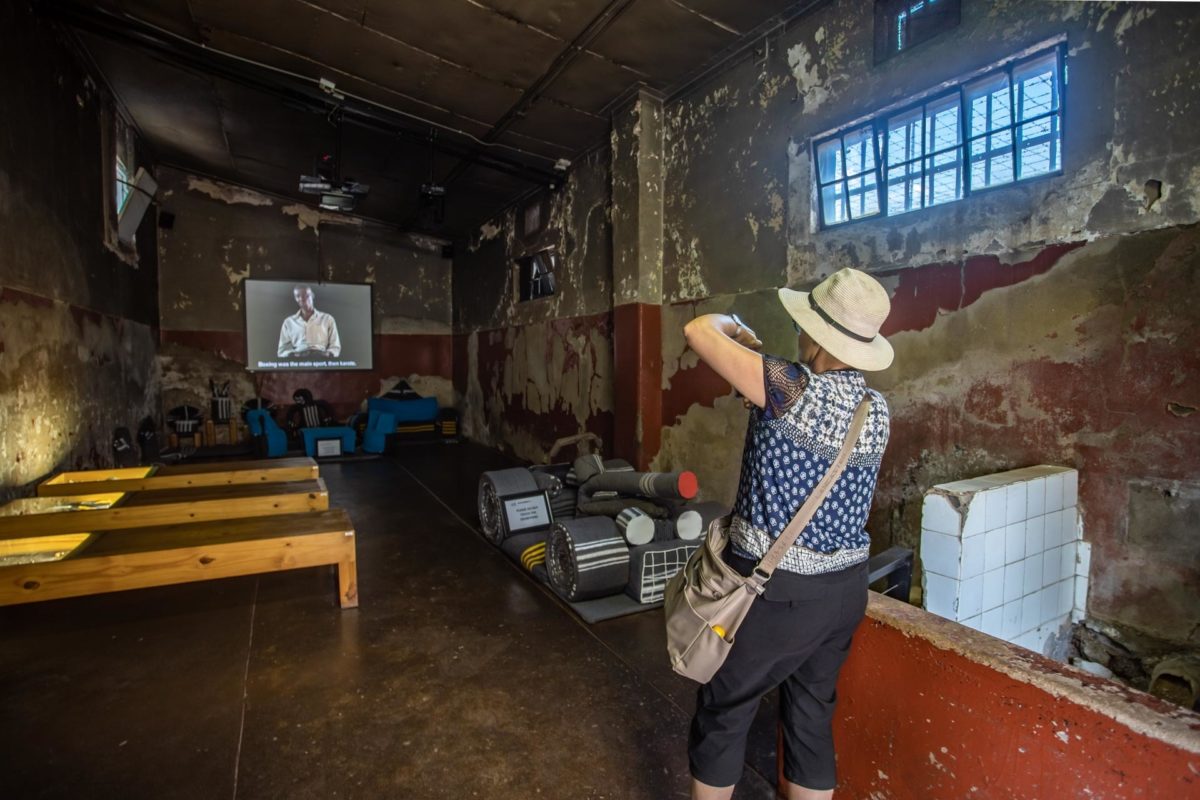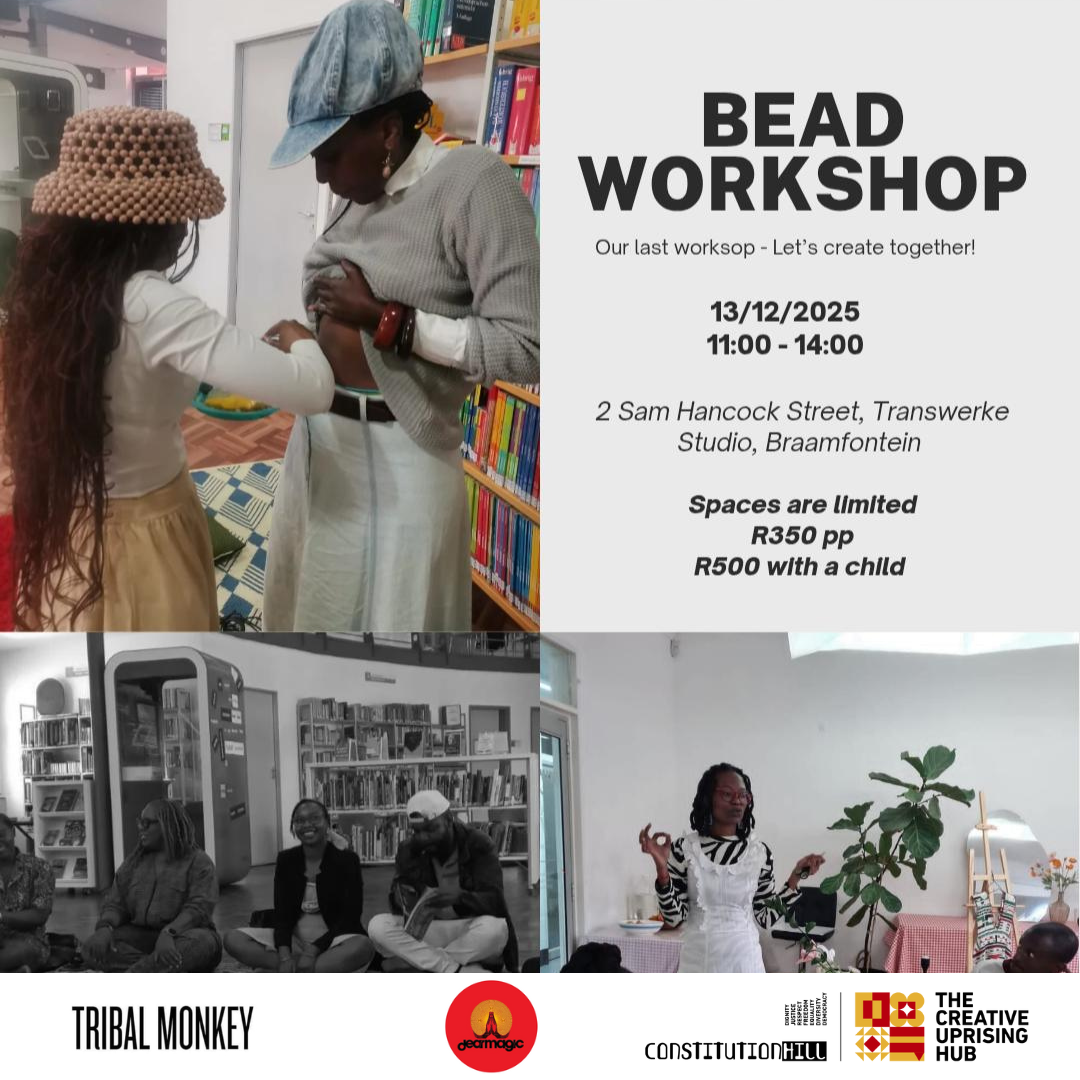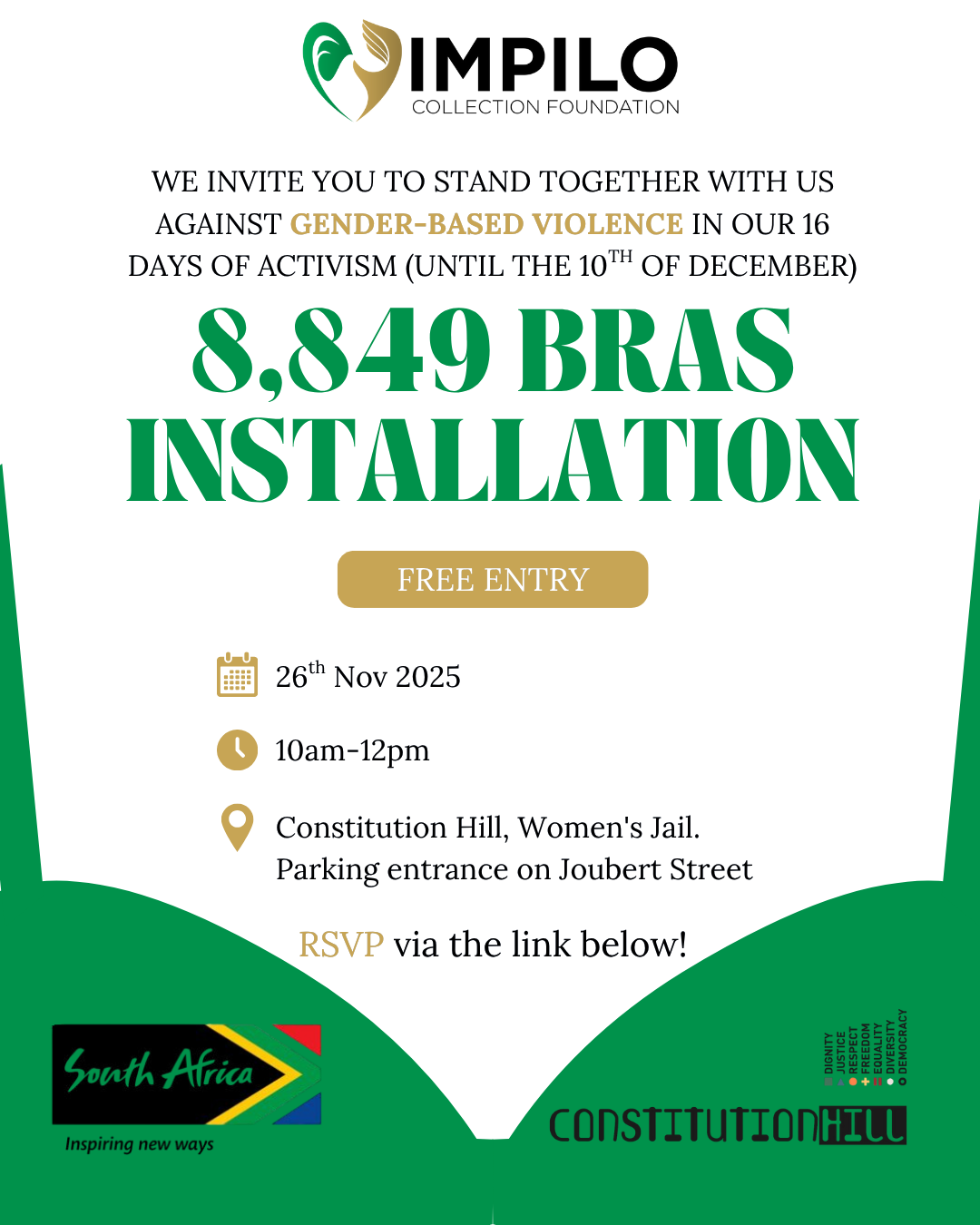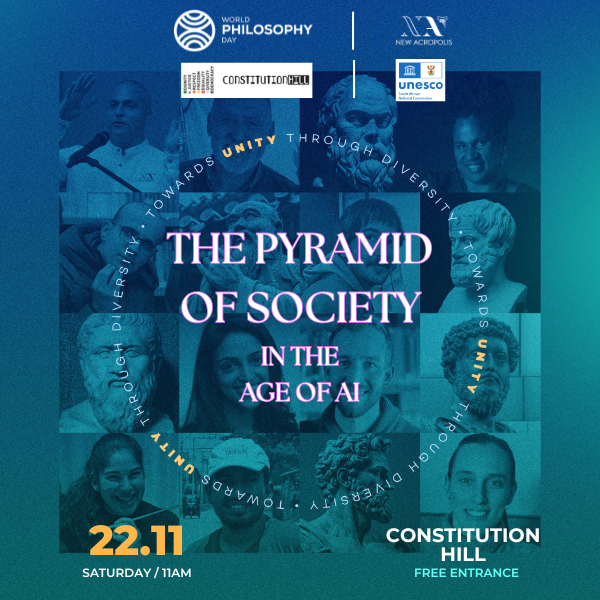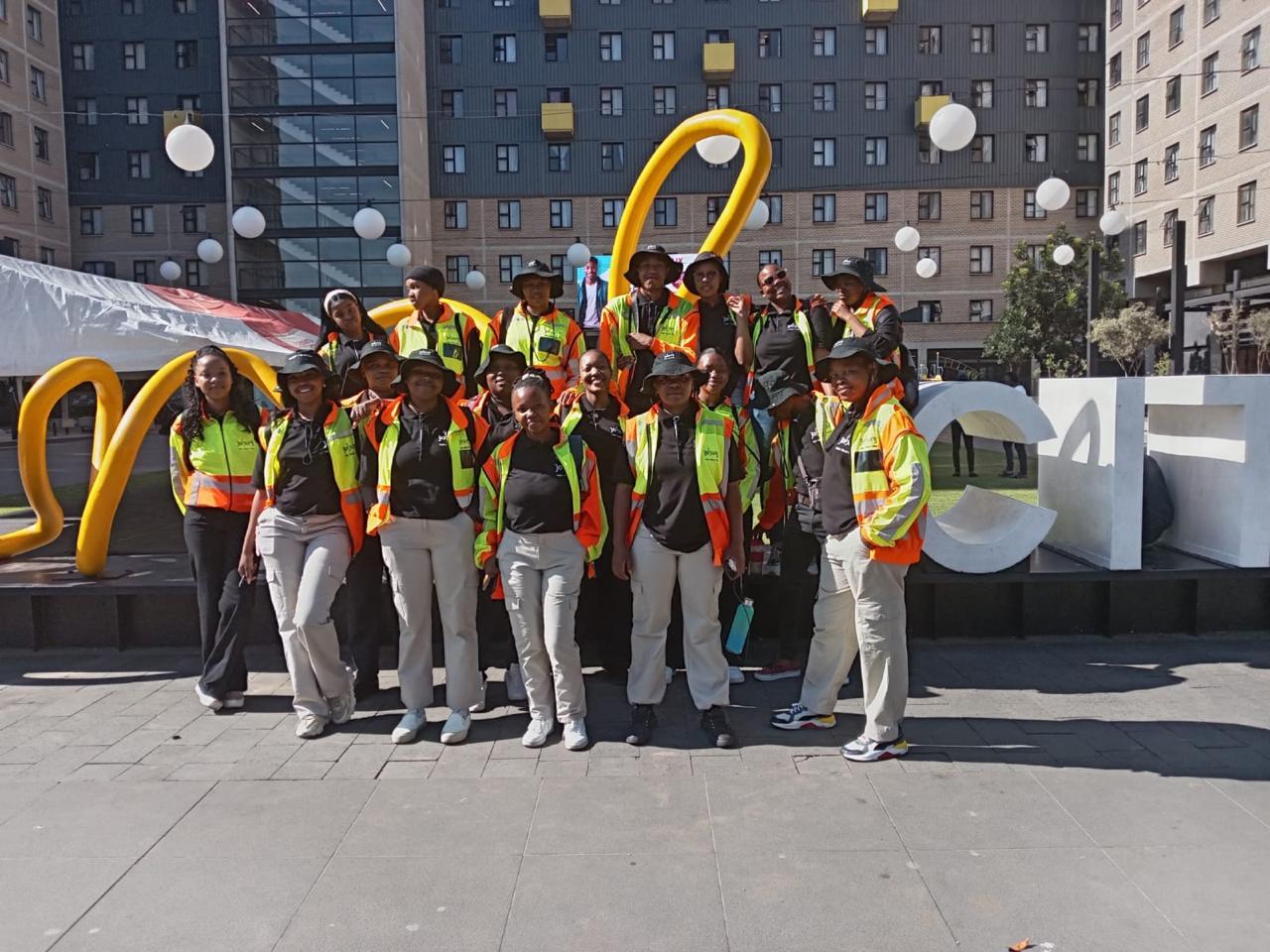Constitution Hill is testimony to the healing power of the law, when it is appropriately used, says former public protector, Thuli Madonsela.
Madonsela visited Constitution Hill days after her seven-year term as the country’s most popular Public Protector came to an end in October 2016. The hill is home to South Africa’s Constitutional Court and to the Old Fort prison complex, which has a deplorable apartheid history.

Thuli Madonsela, South Africa's third public protector, is interviewed at Constitution Hill in October, 2016, soon after completing her term as South Africa's third public protector
“The new Constitution is a beacon of hope,” she says. "The Constitution defines not only who South Africans are as a nation, but who they aspire to be".
South Africa’s Constitution is its legal backbone. It was promulgated by former President Nelson Mandela on 18 December 1996, coming into effect the following February. All other legislation must bide by its tenants, and most of the Constitutional Court’s work is defining whether legislation, old and new, actually does so.
Madonsela was one of the team of lawyers who drafted the Constitution 20 years ago, in it a whole chapter – Chapter Nine – devoted to statutory institutions, including a public protector, established to defend the public’s constitutional rights. In a pleasant twist of fate, on 19 October 2009, Madonsela was sworn in as South Africa’s third public protector.
She has been admired and praised across the world for her principled devotion to the South African Constitution, which she has defended as Public Protector, and which has defended her.
In March 2016 the Constitutional Court delivered a unanimous ruling that the public protector’s report on the use of public money in upgrades to President Jacob Zuma’s Nkandla homestead was binding. In her report, “Secure in Comfort”, delivered that month, Madonsela had ruled that Zuma and the National Assembly had failed to uphold the Constitution in choosing to ignore her report and its recommendations.
“The Constitutional Court is the ultimate guardian,” says Mandonsela in her famous lawyer’s modulated tone. “The Constitutional Court acted in its capacity to defend the public protector.”
Madonsela says it is appropriate that the Constitutional Court is situated on the same site as some of South Africa’s most notorious jails of the apartheid and colonial eras. Famous prisoners include: Mahatma Gandhi, Mandela, Winnie Madikizela-Mandela and Albertina Sisulu.
Placing the court on the hill was a reminder of South Africa’s painful past and an assurance that never again would South Africans live in a country in which the abuse of power caused a trust deficit among the people that led to loss of life.
Madonsela says her tenure as public protector demonstrated that the Constitution was a living document. “I always say we got more than our fair share of criticism, but we also got more than our fair share of support.”
“People worked with the public protector as a team to ensure good governance. My greatest takeaway is the sense of agency that people assumed. They did not see the public protector as a lone crusader with a sword. People joined in to ensure people entrusted with public power and resources were held to account."

 +27 11 381 3100
+27 11 381 3100
